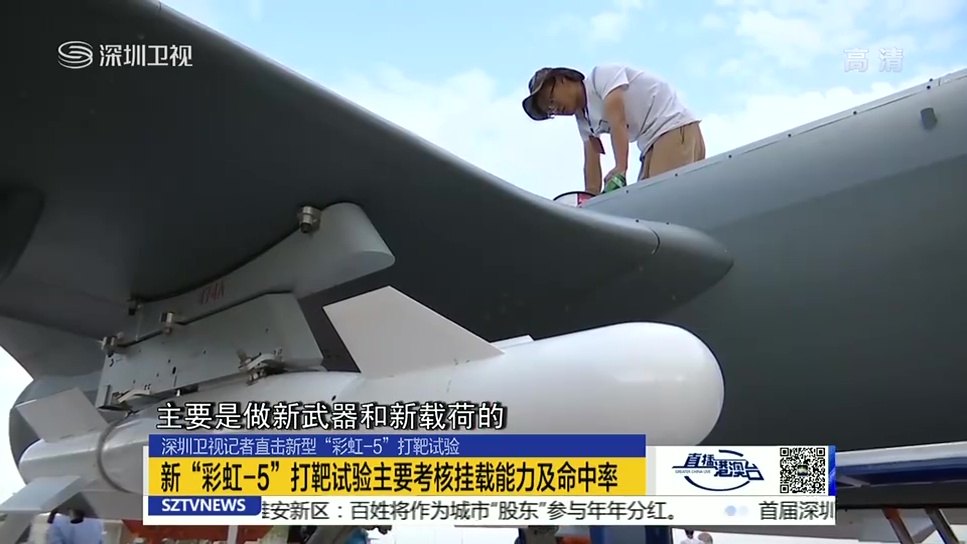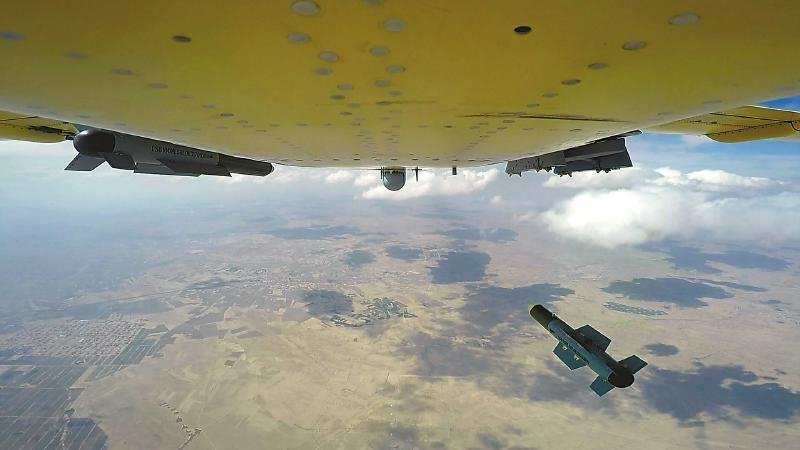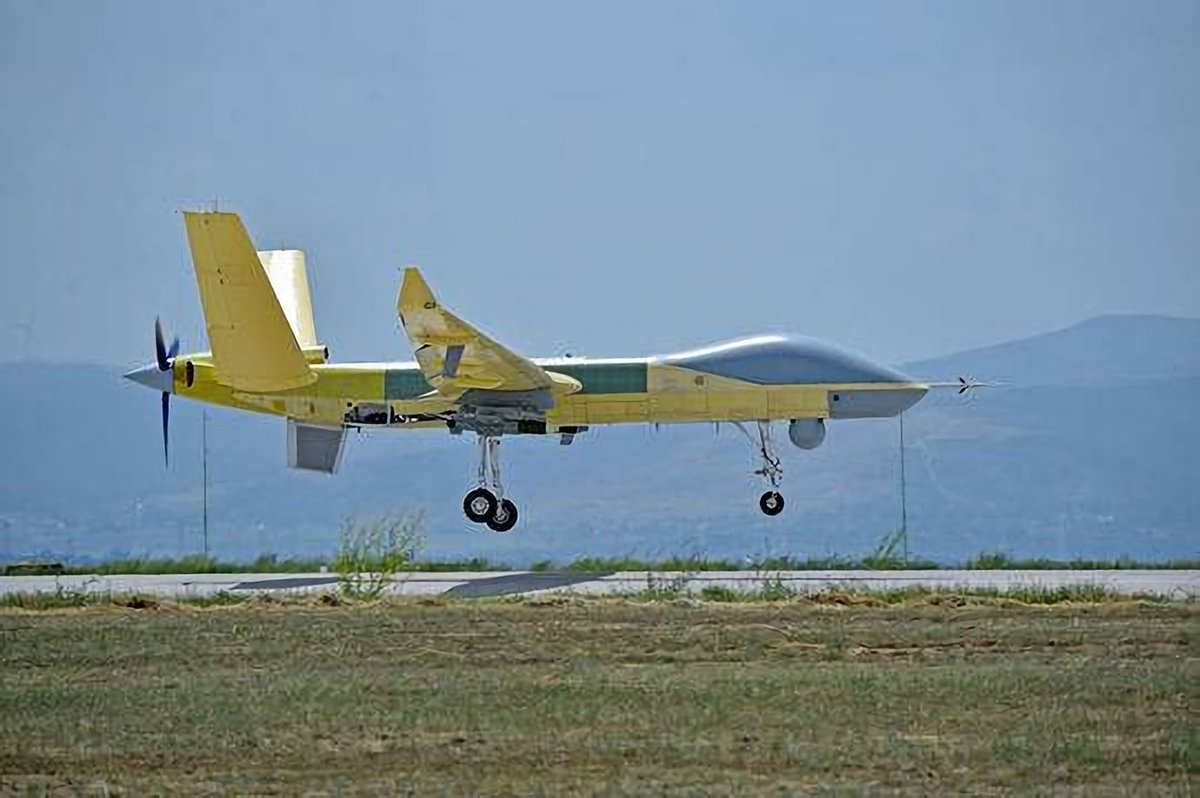In the brave new world of large and autonomous UAV, Harpy is probably anachronism now . But the story of Harpy show China determination to break the western choke hold on defense technology. Of course everybody rooting for the under dog . Along the way China make improvement on the original harpy with improve guidance,freq spectrum and longer range as originally planned contract to IAI. Before it was scuttled by the embargo Here it is from Henri K
ASN-301: the already distant cousin of the "Harpy" kamikaze drone
At the last military parade in July to celebrate the 90th anniversary of the Chinese army, the latter unveiled not only a new mobile ICBM, the
DF-31AG , but also three new types of tactical drone - a communication jammer radar jammer and finally, a suicide anti-radiation drone known under its export reference,
ASN-301 .
Although the same drone was already presented at IDEX 2017 in February this year, it is still its first public presentation in China, since it entered service in the Chinese army more than 10 years ago.
The launch vehicles JWS01, PLA version of the ASN-301 (Photos: Chinese Army)
The history of the ASN-301 dates back to the mid-1990s when the Chinese army procured 100 IAI
Harpy drones of Israeli origin for 55 million US dollars.
This small Israeli drone, derived directly from another anti-radiation drone of the German company Dornier, is equipped with a radar signal sensor and an explosive charge of 32 kg, capable of patrolling at 4,000 meters of altitude and at a speed of 185 km / h, and attack ground radar stations in "kamikaze" mode with a CEP precision of 15 meters.
The
Harpy reverse engineering
by the year 2000 . In July 2001, the sino model entered the calibration and ground test phase, but the
UK engine manufacturer UEL, which already supplies the
AR731 piston
engine to the IAI, revoke its agreement with the Chinese and therefore pushed NWPU to develop their own engine.
In the meantime, Harpy's upgrading program, which was included in the initial contract between China and Israel, was also blocked in 2004 by the US, as was the AWACS
A50Iproject planned for the Chinese Air Force.
The attack phase of IAI Harpy
But neither could prevent the Chinese from developing these weapon, and proceed to continue development alone. This is how the Chinese AWACS KJ-2000 was born and the ancestor of the ASN-301.
Compared to its basic Harpy model, the ASN-301, or
JWS01 in the internal chinese designation of the Chinese Army, has an additional data link with the ground-based command units, allowing them to intervene and regain control of the drone if necessary.
This is made possible especially by the addition of an optronic sequence, capable of returning the visual data to the ground. It is the same capability that
Harpop has as Harpy's successor also developed by the IAI.
Chinese engineers have also added four retractable vertical drifts to improve aerodynamic performance during the terminal approach phase.
The passive antenna of the Chinese version of ASN-301 allows to capture a wider spectrum of frequency, now ranging from 2 to 18 GHz against 2 to 16 GHz for the export version. At least two distinct sensor patterns have already been seen on the Chinese drone, suggesting that the Chinese drone could target two different target categories.
The engine of the drone is always ensured by a piston engine, just like Harpy, but built in China. Unlike the model used by Harpy, it can be powered with simple petrol for automobile.
The size and speed of JWS01 are slightly improved from 500 to more than 600 km and from 185 to 220 km / h. The ASN-301 export version, on the other hand, seems to have experienced some constraints on the scope.
As for cost, the ASN-301 would be priced at two million yuan, or about 254 thousand euros, a little more expensive than a 300 mm guided rocket from the Chinese Army example.
Henri K.













